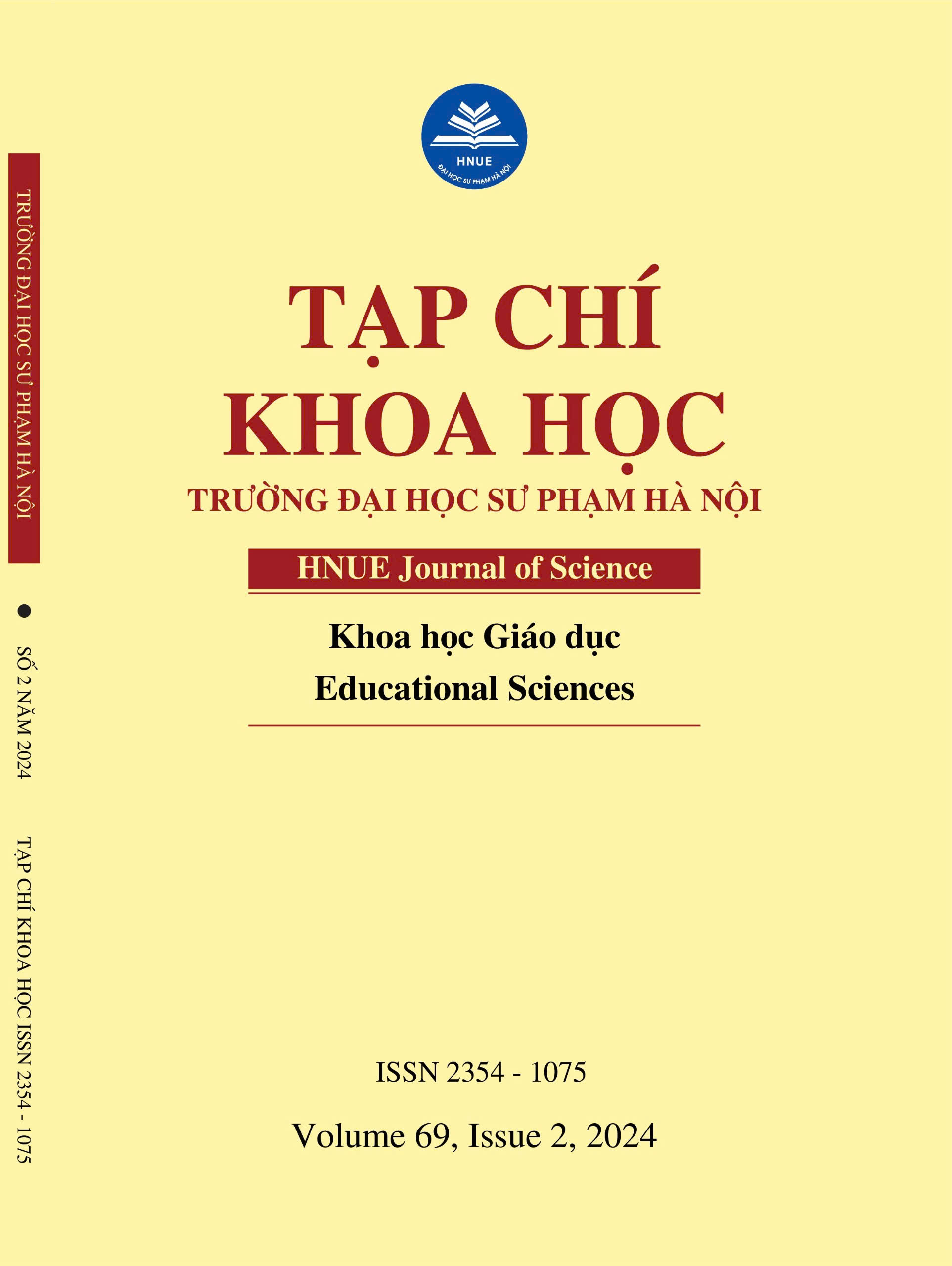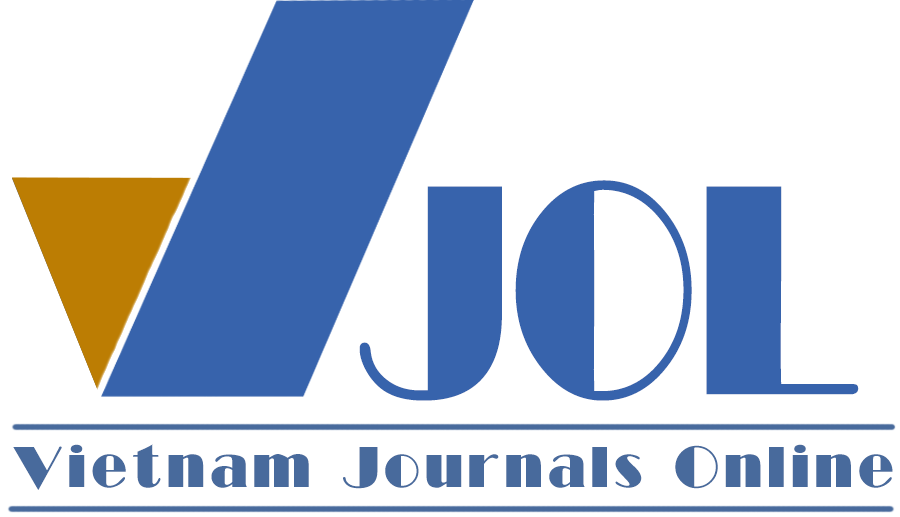USING GOOGLE DOCS AND MERCI APP IN FRENCH WRITING CLASSES
DOI:
https://doi.org/10.18173/2354-1075.2024-0020Keywords:
automated feedback, Google Docs, Merci App, L2 writingAbstract
This study compares the effectiveness of two automated feedback tools, Google Documents, which will be further addressed as Google Docs, and Merci App, in improving writing ability in French as a foreign language. Forty second-year students used these two reviewer tools to correct their B2-level texts. The data includes 80 student drafts edited on two tools and a survey questionnaire after using these two applications. The results show that both tools help students correct many errors at the sentence, word, and fragment levels but cannot correct errors at the inter-sentence, idea, and coherence levels. Google Docs detects more grammatical errors than Merci App, but Merci App is superior when it comes to finding errors in spelling, vocabulary, expression, and punctuation. Students use the application's error correction suggestions to correct their papers at a very high rate, 92.6% with Google Docs and 81.7% with Merci App. The number of students who prefer Google Docs is also higher than the number of students who prefer Merci App. The study proposes to use both tools to correct students' writing errors and to help students become familiar with error explanations in Merci App to help them systematize language knowledge and develop auto-learning capacity.
Downloads
References
[1] ĐTB Thuỷ, (2022). “Compétences professionnelles requises par les employeurs francophones: analyse d’offres d’emploi. The most wanted professional competencies for graduates in French: Analysis of job advertisements on a recruitment Facebook page” (in French). Kỷ yếu hội thảo khoa học quốc tế Ngôn ngữ Pháp trong quá trình truyền thụ kiến thức, phát triển năng lực và trao đổi khoa học. Thành phố Hồ Chí Minh, tháng 12 năm 2021, Trường Đại học Sư phạm TP Hồ Chí Minh và Tổ chức quốc tế Pháp ngữ. NXB Đại học Sư phạm TP Hồ Chí Minh, 56-66.
[2] NTT Hà & HTT Huyền, (2022). Exploring the use of adaptive learning technology in higher education writing classes: Students’ perspectives. VNU Journal of Foreign Studies, 39(4), 16-38. https://jfs.ulis.vnu.edu.vn/index.php/fs/article/view/5082.
[3] Zhang Z, (2020). Engaging with automated writing evaluation (AWE) feedback on L2 writing: Student perceptions and revisions. Assessing Writing, 43, 1-14. https://doi.org/10.1016/j.asw.2019.100439.
[4] Hassanzadeh M & Fotoohnejad M, (2021). Implementing an automated feedback program for a foreign language writing course: A learner-centric study. Journal of Computer Assisted Learning, 1494-1507. https://doi.org/10.1111/jcal.12587.
[5] HTL Giang, (2022). Feedback precision and learners’ response: A study into ETS Criterion automated corrective feedback in EFL writing classrooms. The JALT CALL Journal, 18(3), 444-467.
[6] Link S, Mehrzad M & Rahimi M, (2020). Impact of automated writing evaluation on teacher feedback, student revision, and writing improvement. Computer Assisted Language Learning, 35(4), 605-634. https://doi.org/10.1080/09588221.2020.1743323.
[7] Zhang Z & Hyland K, (2018). Student engagement with teacher and automated feedback on L2 writing. Assessing Writing, 36, 90-102. https://doi.org/10.1016/j.asw.2018.02.004.
[8] Zheng Y & Yu S, (2018). Student engagement with teacher written corrective feedback in EFL writing: A case study of Chinese lower-proficiency students. Assessing Writing, 37, 13-24. https://doi.org/10.1016/j.asw.2018.03.001.
[9] Woodworth J & Barkaoui K, (2020). Perspectives on using automated writing evaluation systems to provide written corrective feedback in the ESL classroom. TESL Canada Journal, 37(2), 234-247. https://doi.org/10.18806/tesl.v37i2.1340.
[10] HTL Giang & Storch N, (2024). How Do EFL Learners Process and Uptake Criterion Automated Corrective Feedback? Insights from Two Case Studies. Iranian Journal of Language Teaching Research 12(1), 1-20. 10.30466/ijltr.2024.121420.
[11] Ranalli J, (2018). Automated written corrective feedback: How well can students make use of it? Computer Assisted Language Learning, 31(7), 653-674. https://doi.org/10.1080/09588221.2018.1428994.
[12] Ambrose, RM & Palpanathan S, (2018). Investigating the effectiveness of computer-assisted language learning (CALL) using Google documents in enhancing writing - A study on senior 1 students in a Chinese independent high school. IAFOR Journal of Language Learning, 3(2), 85-112. https://doi.org/10.22492/ijll.3.2.04.
[13] Fathi J, Arabani AS & Mohamadi P, (2021). The Effect of Collaborative Writing Using Google Docs on EFL Learners’ Writing Performance and Writing Self-regulation. Language Related Research, 12(5), 333-359. https://doi.org/10.29252/LRR.12.5.12.
[14] NTH Nhung & NTT Huệ, (2022). Use of Google Docs in teaching and learning English online to improve students’ writing performance. International Journal of TESOL & Education, 2(2), 186-200. https://doi.org/10.54855/ijte.222210.
[15] HTN Diem & H Thinh, (2022). Enhancing EFL students’ academic writing skills in online learning via Google Docs-based collaboration: a mixed-methods study. Computer Assisted Language Learning. doi: 10.1080/09588221.2022.2083176.
[16] Burston J, (2008). BonPatron: An online spelling, grammar, and expression checker. CALICO Journal, 25(2), 337-347.
[17] Biesemans K, (2005). Les correcteurs d’orthographe et leur utilité didactique : analyse de productions d’apprenants de FLE. Luận văn cao học. Leuven, K.U. Leuven.
[18] O’Regan B, Mompean A & Desmet P, (2010). From Spell, Grammar and Style Checkers to Writing Aids for English and French as a Foreign Language: Challenges and Opportunities. Revue française de linguistique appliquée, XV, 67-84. https://doi.org/10.3917/rfla.152.0067.
[19] Bai L & Hu G, (2017). In the face of fallible AWE feedback: How do students respond? Educational Psychology, 37(1), 67-81. http://dx.doi.org/10.1080/01443410.2016.1223275.
[20] Chapelle CA, Cotos E, & Lee JY, (2015). Validity arguments for diagnostic assessment using automated writing evaluation. Language Testing, 32(3), 385-405. https://doi.org/10.1177/0265532214565386.
[21] Dikli S, (2006). Automated essay scoring in an English as a second language setting. Luận án Tiến sĩ, Florida State University. http://etd.lib.fsu.edu/theses_1/available/etd-07052007-152924/unrestricted/sd_dissertation.pdf
[22] Koltovskaia S, (2020). Student engagement with automated written corrective feedback (AWCF) provided by Grammarly: A multiple case study. Assessing Writing, 44. https://doi.org/10.1016/j.asw.2020.100450.
[23] Lavolette E, Polio C & Kahng J, (2015). The accuracy of computer-assisted feedback and students’ responses to it. Language Learning & Technology, 19(2), 50-68. http://dx.doi.org/10125/44417.
[24] Ranalli J, (2021). L2 student engagement with automated feedback on writing: Potential for learning and issues of trust. Journal of Second Language Writing, 52, 1-16. https://doi.org/10.1016/j.jslw.2021.100816.







